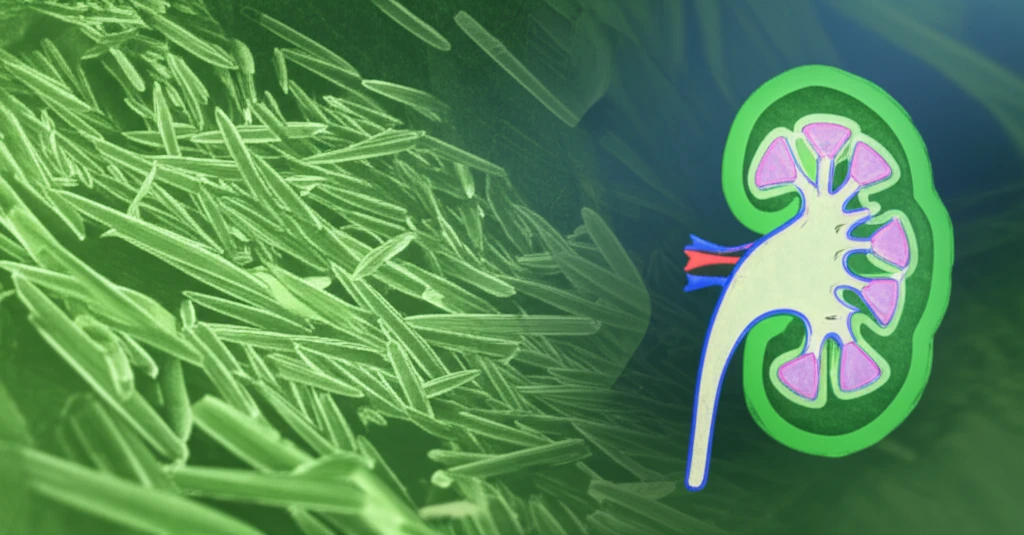
Hidden Dangers in Your Salad: Are Plant Crystals Harming Your Kidneys?
"Discover the surprising link between calcium oxalate raphides in common foods and potential kidney problems."
We all know that vegetables are vital for our health, but what if some of the plants we eat contain hidden compounds that can cause harm? Calcium oxalate, a crystalline compound found in many plants, is one such potential culprit. It's most commonly known for its role in kidney stone formation. But before you toss out all your greens, let's take a closer look at what calcium oxalate is and how it affects your body.
Calcium oxalate comes in different crystal shapes, with "raphides" being the most common. These tiny, needle-shaped crystals can be found in varying amounts in many of the foods we eat. While our bodies can handle small amounts of calcium oxalate, larger quantities can lead to health issues, particularly kidney stones. Some people are more prone to these issues than others.
In this article, we'll explore the world of raphides, uncover which foods contain them, and provide practical tips on how to reduce your exposure. We'll also dive into traditional methods of neutralizing these crystals, helping you make informed choices for a healthier diet.
What are Raphides and Why Should You Care?

Raphides are microscopic, needle-shaped crystals made of calcium oxalate. These crystals form inside specialized plant cells called idioblasts. Raphides exist in various types, with shapes classified from Type 1 to 4, and even more recently discovered kinds. These classifications help botanists and researchers understand the different forms and their potential impacts.
- Defense Against Herbivores: Raphides deter animals from eating plants.
- Metal Detoxification: They may help reduce metal toxicity in plants.
- Light Scattering: Some studies suggest raphides play a role in light scattering, potentially increasing photosynthetic efficiency.
- Calcium Regulation: They are also involved in regulating calcium levels within the plant.
The Future of Raphide Research
As we learn more about calcium oxalate and raphides, new ways to reduce their impact on human health are emerging. From genetic engineering of plants to removing calcium oxalate, to better understanding the effect of traditional cooking methods, the possibilities are endless. In the coming years, expect to see more research focused on mitigating the risks associated with raphides and optimizing our diets for better kidney health. By staying informed and making smart food choices, we can enjoy the benefits of plant-based diets without compromising our well-being.
